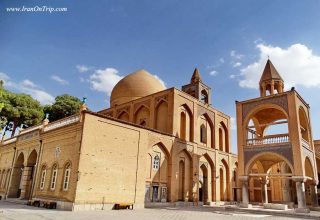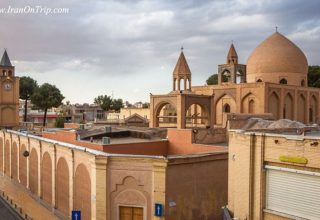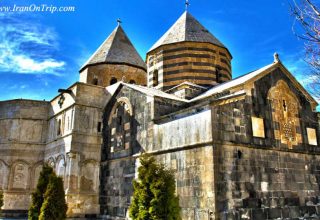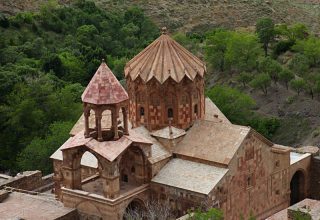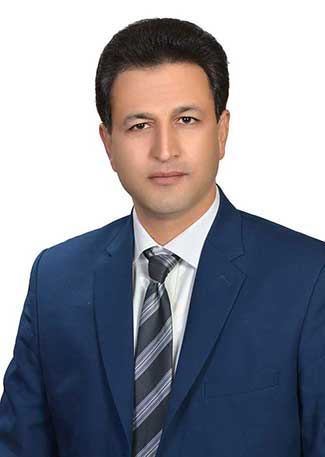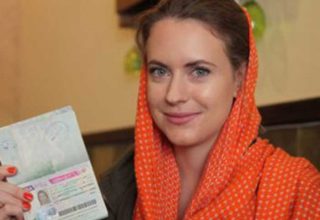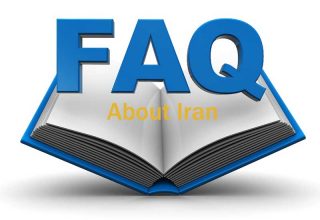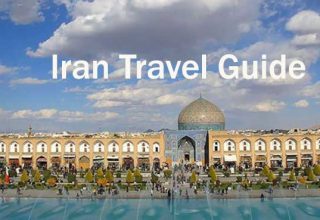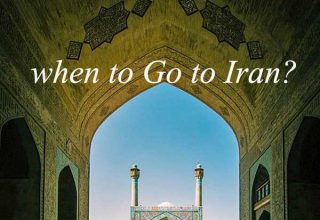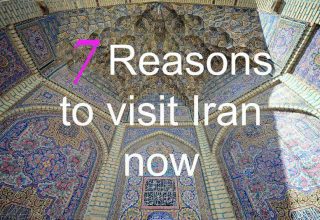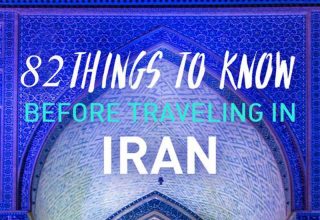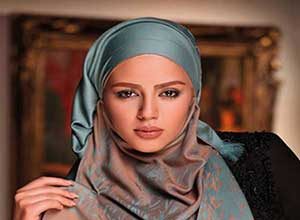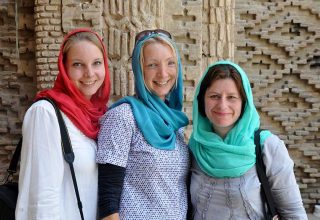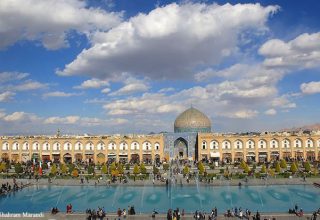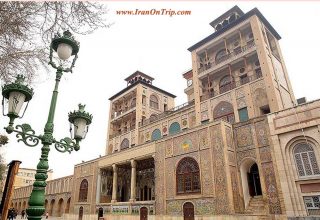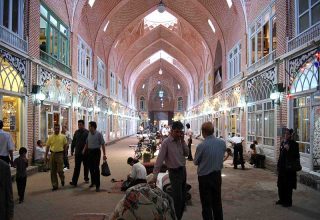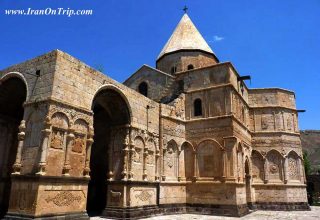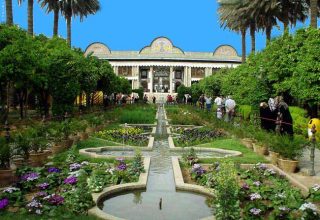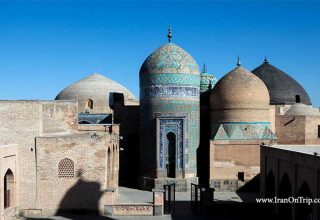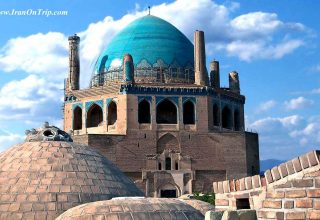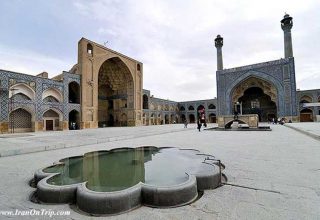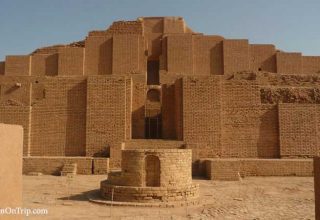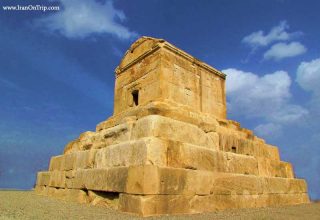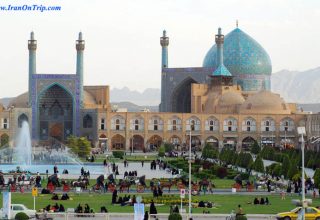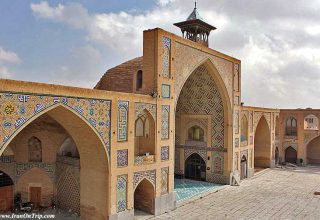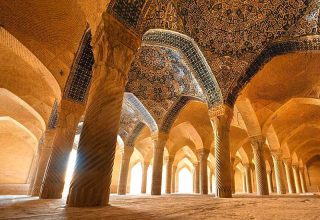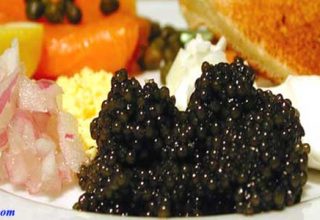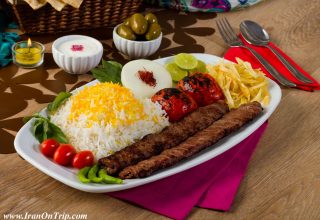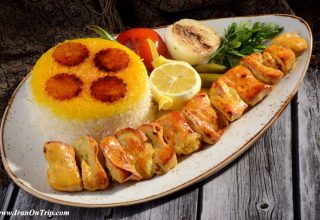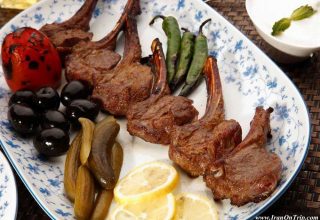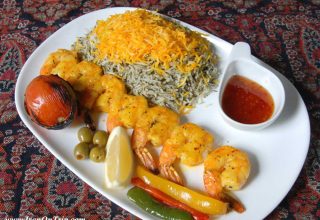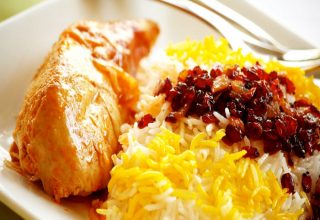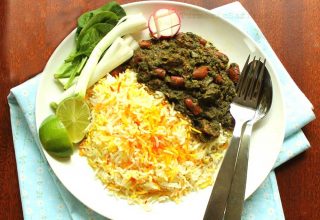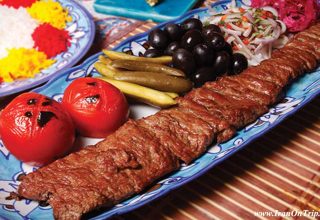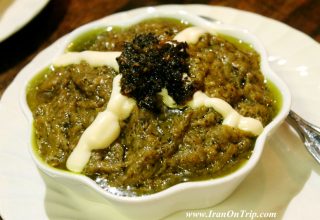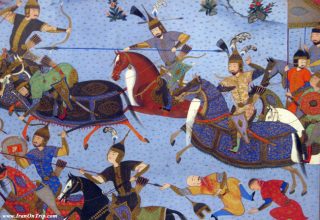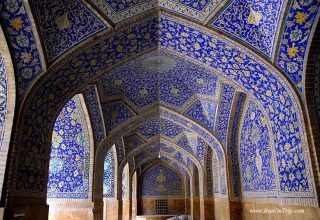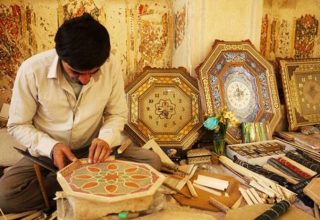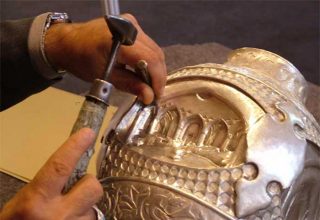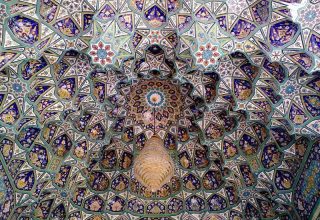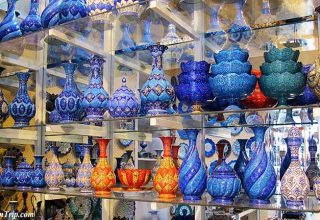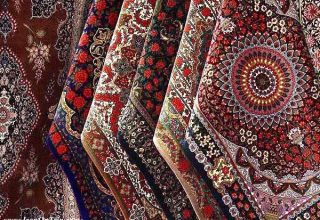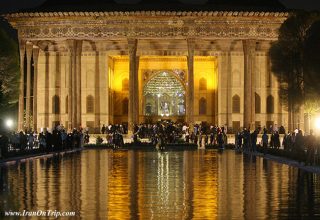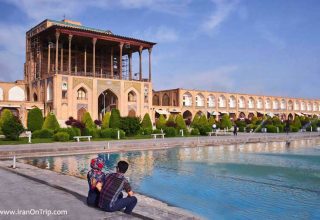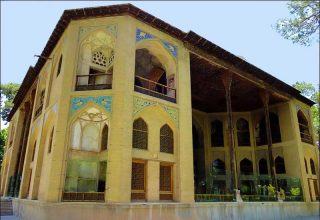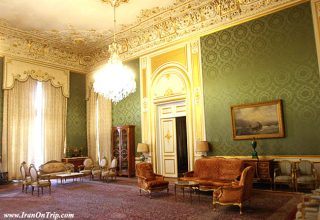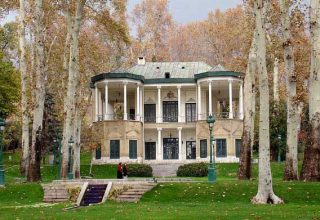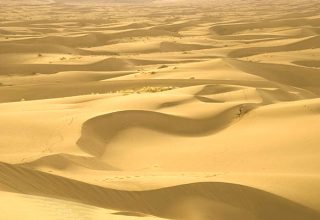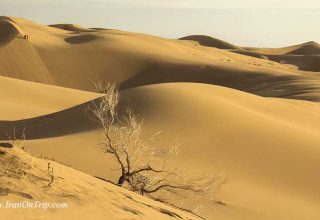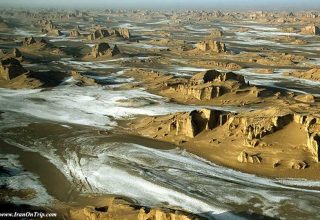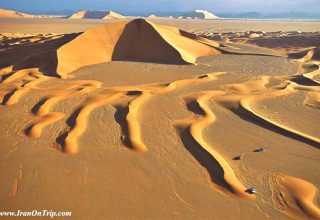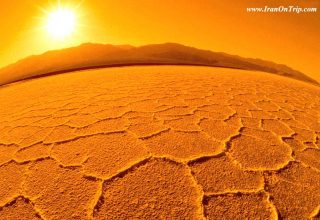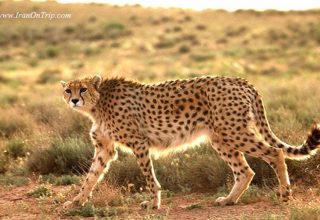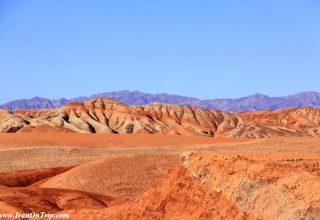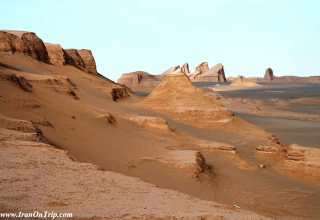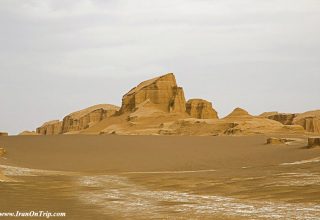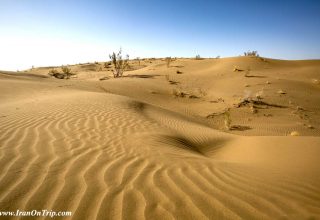
Bethlehem Church
Kelisa-ye Beitlahm
The second most important and beautiful church in Julfa, the Bethlehem Church was built by Khajeh Petros Velijanian. a wealthy Armenian merchant. ‘The historical book about the Armenians of Julfa reports that Petros could not participate in the religious ceremony that was held in St. Mary’s Church, because it was overcrowded, so he decided to build a new church only a few steps away from there.
The church has an almost quadran-gular plan and is crowned with a double-shelled dome. The structure consists of three parts: an entrance section with a balcony, where newlywed or engaged girls are said to have sat during the ceremonies; a community prayer hall; and an altar, chalice, and two vestries. The building is 26 m high, with the walls 31.5 m long and 14 m high and a dome of 12 m high. The altar is rather small Compared to the general dimensions of the building. The church overlooks the courtyard measuring 480 sq. m, which has two entrances on the north and south sides. Until recently, there were, above the south door, three panels with engraved crosses and an inscription, indicating that they were installed “in the memory of Harutun, pilgrim from Jerusalem, and his family”; however, two of them have been recently plundered.
The golden dome is among the most attractive features of the church. The interior is decorated with tile work and paintings that mainly depict the life of Jesus Christ. The paintings appear in two rows. The lower row presents a continuous sequence; in the upper row, each painting is framed with a fringe of floral design. Altogether, there are 72 paintings, all the work of Armenian craftsmen. The church’s mysterious interior expresses, with powerful effect, a blend of Latin, Russian, and Iranian art.
At present, in a deliberate effort to preserve a building that so far has never been restored, no ceremonies are held in the church. The church treasures include two ancient gospels. dated 1176 and 11 57. To the west of the Bethlehem Church is the family crypt of Khajeh Petros.
St. Mary’s Church
Kelisa-ye Maryam Moqaddas
St. Mary’s is another interesting church to visit. The church of St. Jacob (built in 1607-1608) is located on its grounds. St. Jacob’s has no architectural or artistic decorations’ and may be of interest only as the oldest Armenian church in Julfa.
51. Mary’s came into existence when St. Jacob’s proved to be too small for the Armenian populace of Julfa, Khajeh Avdik, a famous Armenian silk merchant, built it as an act of benevolence. The building was completed in 1613, but the interior work was finished at a later date. Paintings were completed during 1661, and tile work during 1666. During his lifetime, Khajeh Avdik provided the financing for the church, and after his death, he was buried on its land.
The sanctuary is richly decorated. Tapestries, mosaics and paintings are done with Oriental techniques, but the subjects illustrate, in an approach familiar to Westerners, the episodes of the Bible. Two paintings on the north and south walls of the church are the work of Venetian masters and were presented by Grak Aqa, an Armenian merchant. The picture on the north wall shows a palace of Herod and the cut head of Yahya;
the portrait of Grak Aqa himself is depicted in the lower portion of the drawing. The painting on the south wall shows a syna-gogue where Jesus was brought on the 40th day after his birth. To this, a portrait of Grak Aqas wife and two children were added. St. Mary’s was restored in 1841.
Sf. George’s Church
Kclisa-ye Georg Moqaddas
St. George’s is the second oldest church of Julfa. It has no artistic attractions, except for a tile painting above the door. donated during the reign of Shah Sultan Hossein Safavid. However it is particularly revered not only by the Armenian Christians of Julfa but even by the Muslim residents of the district, who gather here to make vows to God and to light candles in the room where stones from the ancient, ruined Uch Church of Armenia are kept. These stones were brought here at the order of Shah Abbas the Great, who wanted to make it a gift for the Armenians, whom he forcibly brought to Esfahan. The locals, however, claim that the largest of the stones fell into its place by some miraculous force, and they point to traces of its falling on the sanctuary’s ceiling. Altogether. Julfa has thirteen Armenian churches and monasteries, as well as several Catholic and Orthodox cathedrals. but tourists are allowed to visit only the abovementioned churches. All the arrangements should be made with the supervisors of the Yank Church.
Armenian Cemetery
Located on the slopes of the Soffeh Mountain, the Armenian cemetery has become the last resting place for many Europeans, mainly merchants. diplomats, and envoys to Iranian courts.
Among the most famous people buried here is Rudolf Stadler, the Swiss watchmaker who for a time enjoyed the favor of Shah Safi, but who was ultimately put to death at the shah’s command. His grave is marked Cyt git Radolphe. There is also the grave of Jacob Rousseau, the Swiss clockmaker and great uncle of French author Jean-Jacques Rousseau. He died in Esfahan in 1753, having lived there for forty-eight years and survived the siege of the city by the Afghans. Well-known are also the mausoleum of de l’Estoile family, who came from Lyon to Esfahan in the 18th century, and the family crypt of Ernst Hoeltzer, a German telegraph officer and photographer who lived in Esfahan in the 19th century.
Some distinguished foreigners are also buried on the territories of the Vank and the Catholic Churches.
By:H.Shams
Source: Iran gazette


